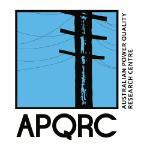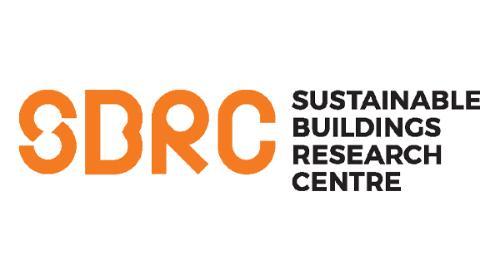CELL: Revolutionising Energy Management with Microgrids
- Renewable Paradigm Shift
- Microgrid Advantages
- CELL Initiative
- Infrastructure Expansion
- Integrated Energy Approach
- Research and Learning Hub
- Operational Insights
- User-Centric Design
The transition from centralised fossil fuel generation to renewable, dispersed generation is reshaping Australia's energy landscape. This shift brings challenges in electricity pricing and reliability but also opportunities for sustainable local energy solutions like microgrids.
Microgrids, as local energy systems, promise low-cost, resilient, and low-carbon electricity. They integrate local generation, storage, and control but require further real-world examples and research to unlock their full potential.
The University of Wollongong's Innovation Campus is transforming into a precinct-level microgrid, CELL, utilising the Sustainable Buildings Research Centre (SBRC). This 'plug and play' living laboratory is a platform for clean energy technology research and evaluation at scale.
CELL builds upon existing infrastructure, adding hardware and software for comprehensive microgrid control. The project includes solar PV, energy storage, and advanced metering, extending to residential and commercial buildings.
CELL focuses on both energy demand and generation, offering a holistic approach to energy management. This contrasts with traditional methods that address these aspects separately, aiming for a best-practice microgrid case study.
CELL serves as a learning centre for renewable energy, energy storage, and demand management. It provides a platform for applied research, engaging university students, technology developers, and researchers.
CELL addresses the gap in real-world microgrid examples, providing insights into the technical, economic, and social viability of microgrids. It's a living lab for in-situ clean energy technology research and testing.
CELL incorporates consumer and resident behaviour into its energy solutions, similar to the Sustainable Building Research Centre's approach. This user-centric design is vital for understanding and optimizing microgrid technologies and control strategies.





